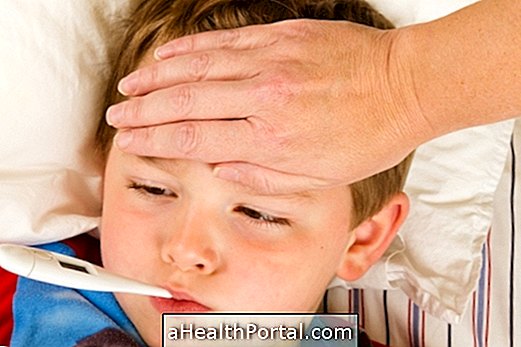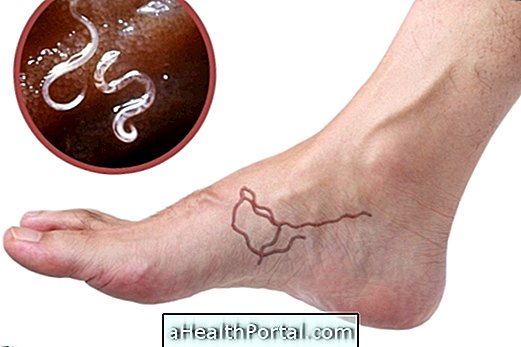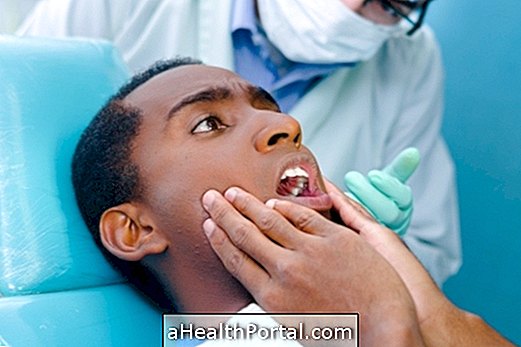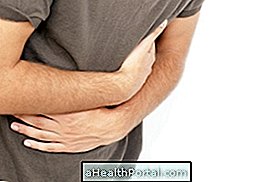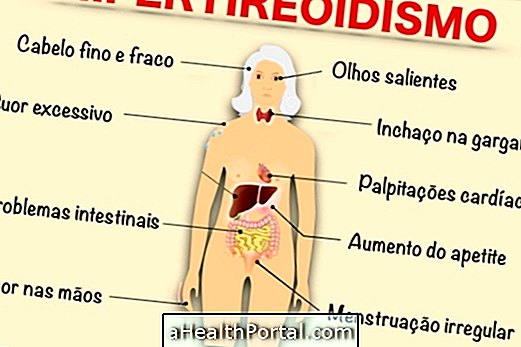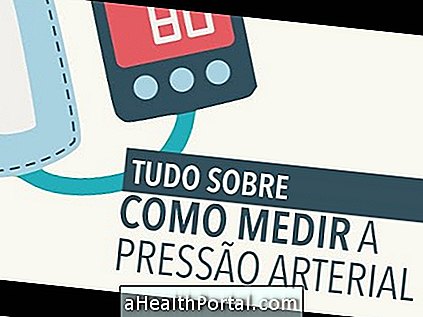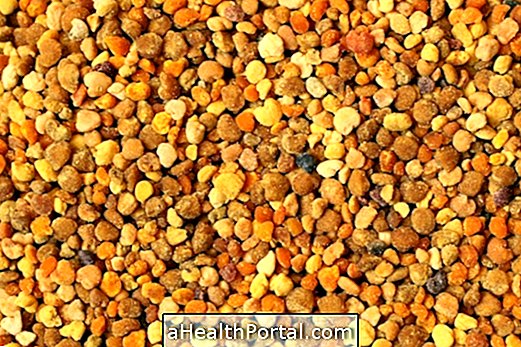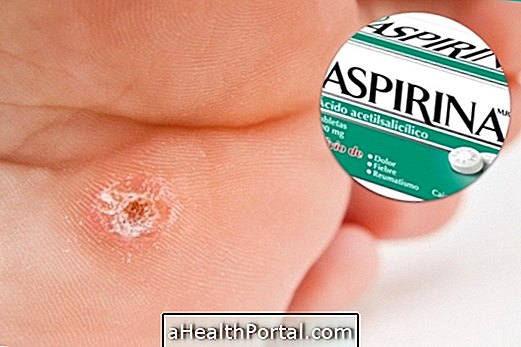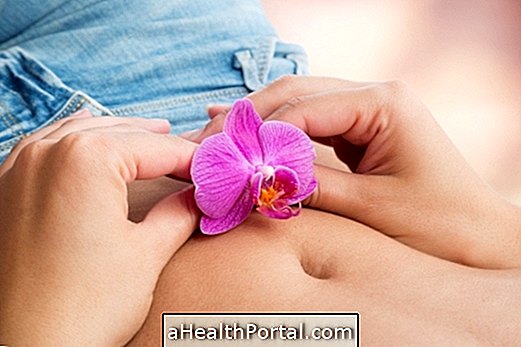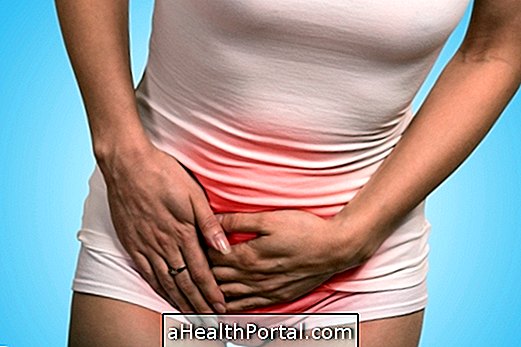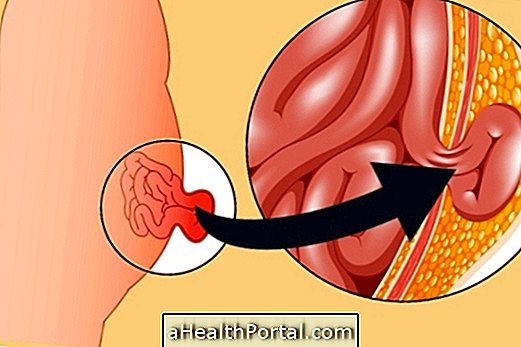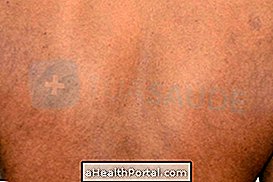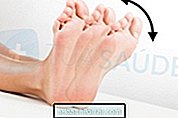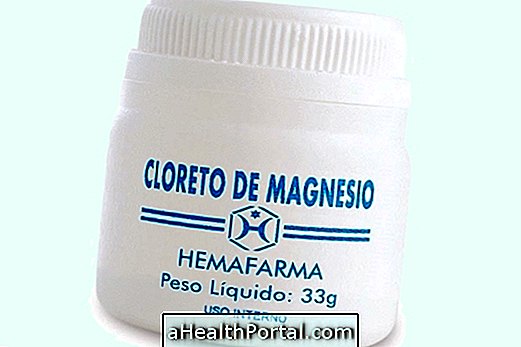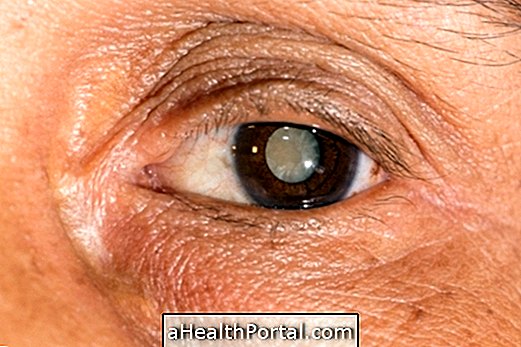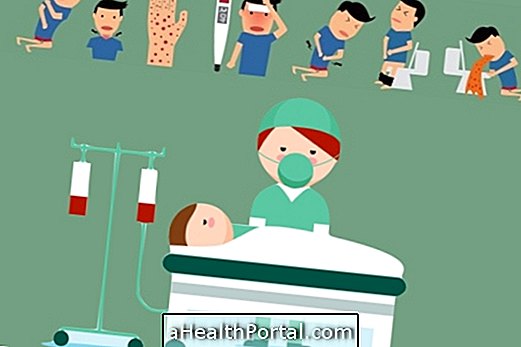The symptoms of H1N1 flu are very similar to those of ordinary flu, but they appear suddenly and with greater intensity, and may appear high fever, severe headache and difficulty breathing.
This flu is transmitted by contact with sick people, but it can cause complications like pneumonia if not treated properly, so in case of suspicion one should go to the doctor to know how to treat and avoid transmitting the disease to other people.
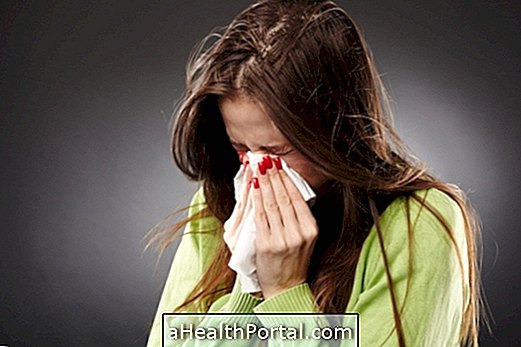
The 10 most important symptoms that this flu can cause, and which differentiate this diseases from the common flu, are:
- Sudden fever that exceeds 38 ° C;
- Intense cough;
- Constant headache;
- Pain in joints and muscles;
- Lack of appetite;
- Frequent chills;
- Stuffy nose, sneezing, and shortness of breath;
- Nausea and vomiting
- Diarrhea;
- General malaise.
The general practitioner can indicate if an examination is needed to identify the disease and if there are associated complications and the most appropriate treatment for each person, and those who suffer from respiratory problems such as Asthma, Bronchitis or Chronic Obstructive Pulmonary Disease (COPD) should be evaluated by a pulmonologist.

How is the diagnosis made?
The diagnosis of H1N1 flu is made primarily through a clinical examination by the physician of the symptoms presented. In addition, the presence of this disease can be confirmed by analyzing the patient's nose and throat secretions to confirm the presence of the virus, which should be done within the first 24 to 72 hours from the onset of symptoms.
See also how you can tell a common cold from the H1N1 flu.
H1N1 flu in infants and children
In infants and children, this flu causes the same symptoms as in adults, but it is more common to experience belly pain and diarrhea. To identify this disease, one should be aware of increased crying and irritability in infants and mistrust when the child says that the whole body hurts, as it can be a sign of the headaches and muscle aches caused by this flu.
In cases of fever, coughing and persistent irritability, one should contact the pediatrician to start the appropriate treatment as soon as the remedies for are more effective when used within the first 48 hours of the disease.
Treatment can be done at home, but it is important to avoid contact with other infants and children so that transmission of the disease does not occur, and it is recommended to avoid day care or school for at least 8 days.
Learn how feeding can help cure this flu faster in the following video.

